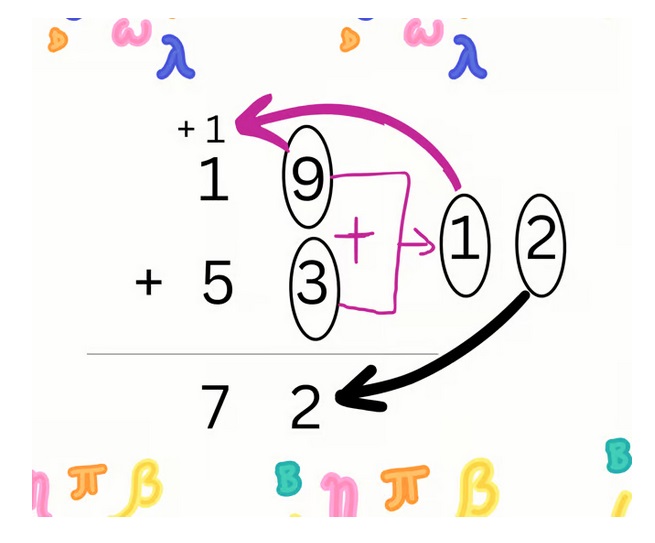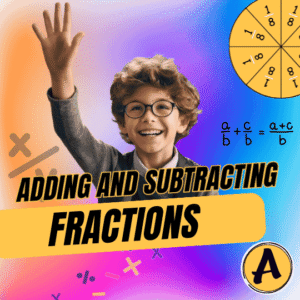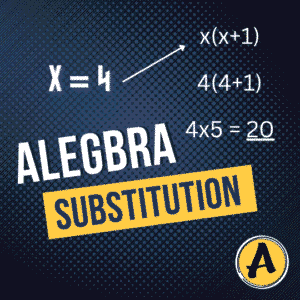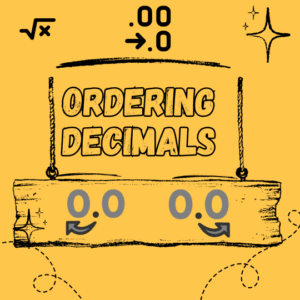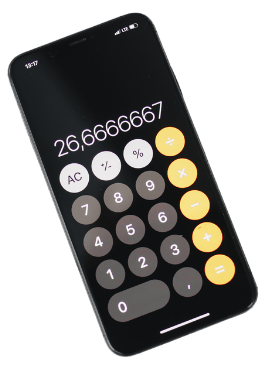➕ Addition — 2-digit
➕ Addition — 3-digit
➕ Addition — 4-digit (Basic)
➕ Addition — 4-digit (Advanced)
What is Addition?
In simple terms, addition is calculating the sum of numbers. It is the most basic operation in math. The addition operator is denoted by the plus(+) sign.
How to perform addition?
Addition is done using the following steps:
- Add the digits in the units place: Start by adding all the numbers in the rightmost column (units place).
- Carryover If the sum is 10 or more: Write down the unit digit and carry over the tens digit to the next column.
- Add the tens place: Add all the digits in the tens place, including any carry-over from the previous step. If the sum exceeds 9, carry over again to the next place value (hundreds).
- Repeat the process: Continue this method for the hundreds, thousands, and higher place values until all digits have been added.
- Write the final sum: Once all additions and carry-overs are complete, the final number represents the total sum.
This systematic approach ensures accurate addition of numbers, regardless of their size.
Two-Digit Addition Problems: Techniques and Examples
Why it’s important: Builds a strong foundation for arithmetic skills.
Key technique: Organize numbers by place value (tens and units).
Steps:
Break each number into tens and units.
Add the tens first.
Add the units.
Combine both results.
Example 1:
34 → 30 (tens) + 4 (units)
27 → 20 (tens) + 7 (units)
Tens: 30 + 20 = 50
Units: 4 + 7 = 11
Total: 50 + 11 = 61
Example 2:
45 → 40 (tens) + 5 (units)
36 → 30 (tens) + 6 (units)
Tens: 40 + 30 = 70
Units: 5 + 6 = 11
Total: 70 + 11 = 81
Benefit: Reinforces understanding of number composition and improves confidence.
Three-Digit Addition Problems: Step-by-Step Guide
Key point: Align hundreds, tens, and units in columns.
Example: 245 + 367
Units column: 5 + 7 = 12 → write 2, carry 1.
Tens column: 4 + 6 + 1 = 11 → write 1, carry 1.
Hundreds column: 2 + 3 + 1 = 6.
Result = 612
Check your answer: Subtract one original number from the sum to confirm accuracy.
Four-Digit Addition Problems: Understanding the Basics
Key point: Align thousands, hundreds, tens, and units.
Example: 2435 + 1674
Units: 5 + 4 = 9
Tens: 3 + 7 = 10 → write 0, carry 1.
Hundreds: 4 + 6 + 1 = 11 → write 1, carry 1.
Thousands: 2 + 1 + 1 = 4.
Result = 4109
Basic Four-Digit Addition: Easy Approach
Example: 1234 + 5678
Units: 4 + 8 = 12 → write 2, carry 1.
Tens: 3 + 7 + 1 = 11 → write 1, carry 1.
Hundreds: 2 + 6 + 1 = 9.
Thousands: 1 + 5 = 6.
Result = 6912
Tip: Works the same for problems without carrying.
Advanced Four-Digit Addition: Tips and Strategies
Example: 2597 + 1348
Units: 7 + 8 = 15 → write 5, carry 1.
Tens: 9 + 4 + 1 = 14 → write 4, carry 1.
Hundreds: 5 + 3 + 1 = 9.
Thousands: 2 + 1 = 3.
Result = 3945
Common mistakes: Misalignment, forgetting to carry, or incorrect carrying.
Fix: Double-check each column before finalizing the answer.
Real-Life Applications of Addition
Budgeting: Add income and expenses to manage money and avoid overspending.
Shopping: Add item prices to stay within budget; check totals during sales for savings.
Data Analysis: Add data points (e.g., website traffic) to evaluate results in marketing, finance, and research.
Key takeaway: Addition is useful in both daily life and professional tasks.
Why is Addition important?
Mastering addition is super important, and here’s why in a way that’s easy to understand:
1. You Build Math Skills: Addition is like the ABCs of math. Just like you need to know your letters to read, you need to know how to add to do other math things, like subtracting, multiplying, and dividing. You start with addition to get good at math.
2. You Use It Every Day: You use addition all the time, even if you don’t realize it. Whether you’re counting your money, figuring out how many slices of pizza everyone gets, or keeping track of your score in a game, you’re using addition!
3. You Solve Problems: Imagine you’re a detective solving puzzles. You use addition as one of your tools to figure things out and solve problems, whether you’re in school or just trying to decide how many more toys you need to reach ten.
4. You Get Smarter: When you practice addition, you exercise your brain. Just like playing sports makes you stronger, doing math makes your brain sharper and quicker at figuring things out.
5. You Feel Confident: As you get better at addition, you start feeling more confident. It’s like exploring the world. The more you explore, the better you can try even bigger challenges. Plus, you feel proud of yourself every time you solve a problem!
6. You Do Well in School: You’ll use addition in lots of school subjects, not just math. When you get really good at it, you do better in school overall because math is everywhere!
So, when you master addition, you give yourself a superpower that helps you with school, games, and life in general!
Common Mistakes in Addition and How to Avoid Them
Misalignment of Numbers
Digits are not aligned by place value (units, tens, hundreds), leading to errors.
Fix: Write numbers vertically with proper alignment. Use graph paper to help keep digits in the correct column.
Incorrect Carrying
Forgetting to carry over when a sum exceeds 9 causes cascading mistakes.
Fix: Double-check each column after adding to ensure the carry was done correctly before moving on.
Fatigue or Distraction
Tiredness or lack of focus leads to careless mistakes.
Fix: Take short breaks during long calculations. Review the work after finishing, or verify with a calculator.
Focus on accuracy first, speed second—especially in complex addition tasks.

